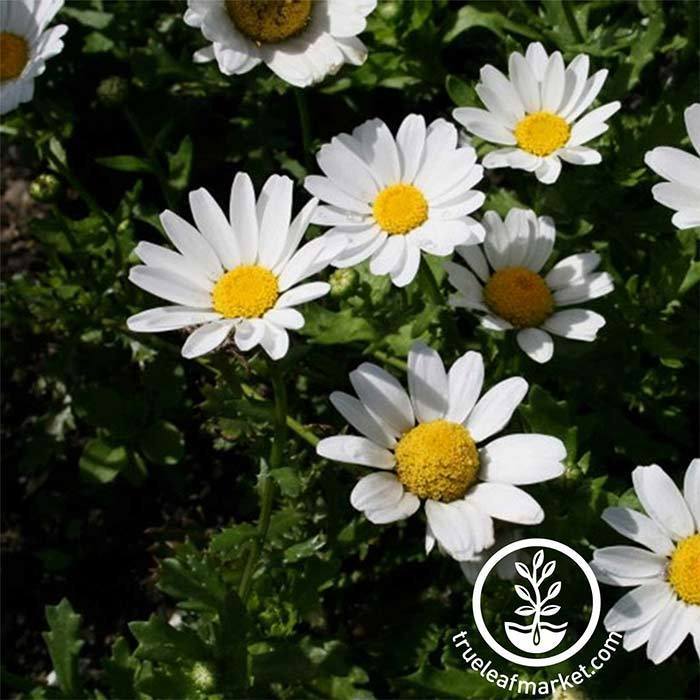


$4.99
Get FREE SHIPPING on your order! (lower 48)
Add only $75 more to your order to qualify!
70-77 Days To Maturity. Leucanthemum paludosum. Annual; Non-GMO. Snowland Leucanthemum seeds boast a dwarfed full sun alternative to the classic American daisy. Snowland seeds promise hardy 6-9 inch tall creeping shrubs with dozens of 1-2 inch daisies ideal for window boxes, hanging baskets, or keeping indoors as a seasonal accent. Snowland leucanthemum seeds are the smallest and one of the most unique varieties of daisies available, and are vigorous performers both indoors and out. Leucanthemum seeds are a perfect addition for gardeners with minimal time and space.
SKU: 62092







